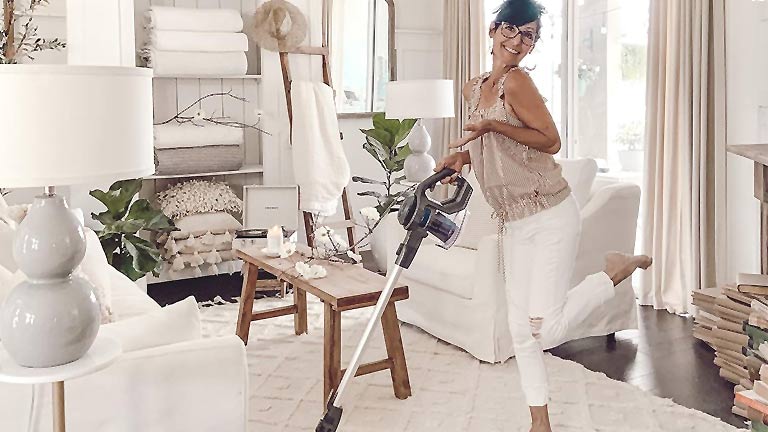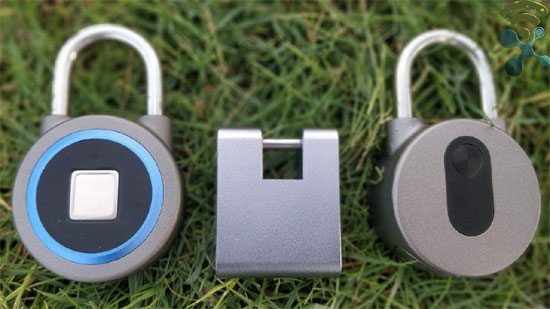We all know that eating more vegetables is great for our health, and that eating locally produced vegetables is good for the environment. But what if you don’t have room for a garden? Consider growing vegetables indoors! All you need for an indoor vegetable garden is a sunny window, and a little ingenuity. Here’s how you do it.
What Can I Grow Indoors?
Greens such as lettuce, arugula, spinach, Swiss chard, and kale are great for indoor gardening. They’re easy to grow vegetables indoors in close quarters, and many are relatively shade tolerant. In addition, leafy greens can be harvested several times by cutting the outer leaves while allowing the smaller, inner leaves to continue growing, giving you a larger yield from one planting than plants that are only harvested once.

Get Ready to Grow
Choosing Seeds
Choose your seeds wisely. Look for organic seeds from a reputable source. Those seed packets in your grocery store’s produce section have probably been sitting there for a long time, and there is a strong possibility that they come from genetically modified plants. Read labels carefully, and consider visiting your local garden center, or go online to find heirloom seeds from a non-profit organization.
Choosing Planters
Your planter can be anything from containers designed specifically for window gardening to pots, burlap pouches, seed starter trays, or even clamshell lettuce containers from the supermarket. Be sure your containers are on a sturdy surface, such as a wide windowsill or shelf. Your containers should have plenty of drainage holes, and a tray beneath to catch excess moisture.
Where to “Plant” Your Garden
If you don’t have a windowsill or shelf, don’t despair. Living walls can provide a decorating statement as well as food for your table, and you can easily find a DIY project that suits your budget. A quick internet search for “DIY wall gardens” yields a plethora of great ideas that use repurposed materials such as old pallets and plastic soda bottles for a fun and fabulous indoor wall garden. Those with a larger budget will find stylish options that are ready to be installed. Vertical gardeners can follow the instructions below, and mount the garden to the wall after two weeks.
You can also enjoy greens grown indoors using lights. The most widely available option is to use a mixture of cool white and warm white fluorescent bulbs, or you can contact your local garden center if you’d like to invest in grow lights.
Preparing the Seeds
When you’re ready to begin your garden, moisten seeds by wrapping them in a damp paper towel for 12 hours. Fill your containers with a soil-free potting mix (such as organic potting soil with peat moss), moisten it well, and sow seeds about an inch apart. If you’d like to grow microgreens, sow seeds very close together, and thin to one inch just after shoots appear. Many lettuce varieties need light to germinate, so seeds should be sown just beneath the surface.
Cover your containers with plastic wrap to keep heat in, and place in a warm area, as seeds need temperatures around 70°F to germinate properly. When shoots appear, remove plastic wrap and place your planters in the window.
Nurture Your Garden
Water your plants daily. The soil should be moist, not soaking wet, and plants should look green and healthy. To be sure you’re watering properly, use a drinking straw to take a sample of soil from your container. Carefully cut the straw open, and observe. The soil should be evenly moist, and crumbly rather than compressed. Dense, black soil and unpleasant-smelling roots indicates over-watering, while dry soil means you need to water more often and more thoroughly. Be sure to water the soil, not the leaves. The roots require water in order to uptake nutrients from the soil, allowing those nutritious greens to grow healthy and strong.
Fertilize once a week, using a liquid organic fertilizer. If you have a composter or wormery, the rich “compost tea” that collects beneath your container is a great choice for healthy plants.
Harvest Time
To enjoy baby greens, begin harvesting when the plants reach 4″. Using sharp scissors, cut leaves about an inch above the soil line. If you’d like to grow larger heads of lettuce, chard, kale, or spinach, transplant to pots when the plants reach 2″, and harvest entire plant when it is fully grown (about 60 days after planting).
Growing your own greens indoors will save money, as seeds cost far less than expensive packages of fancy lettuces at the grocery store. You’ll also reduce your carbon footprint by reducing the miles your vegetables have traveled to get to your plate, and you’ll know that your salad greens are clean and free of pesticides and genetically modified organisms.
Please also share your ideas: what and how are you growing vegetables indoors year round?
Happy (indoor) gardening!




